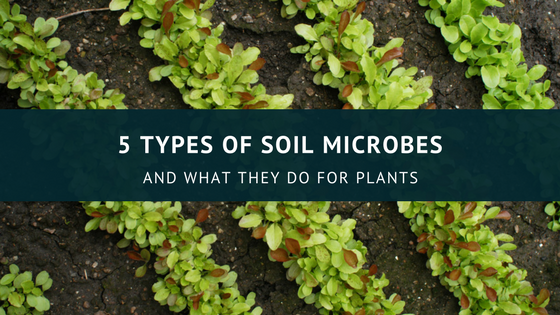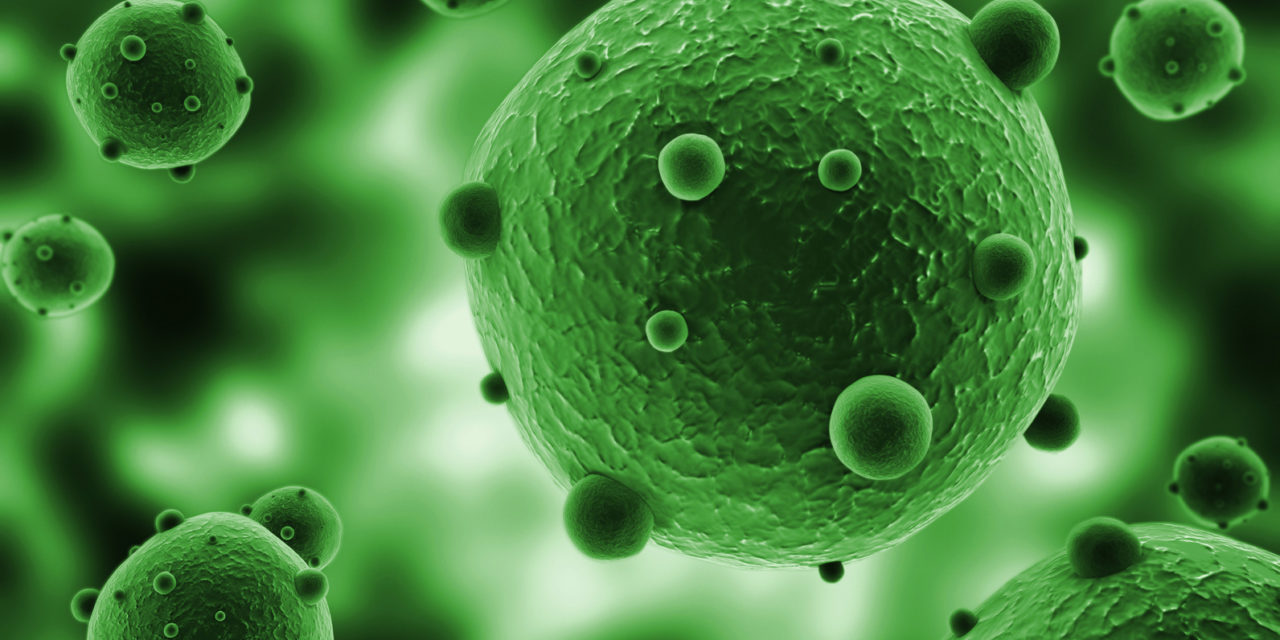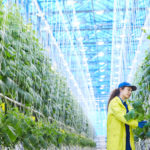
We are all feeling the pressure to do more with less. Each state is talking about restricting fertilizer and phosphorus, and although these things are great for the environment it can also make it difficult to reach our needs when it comes to plant growth. What can we do to help both our plants and ourselves? It all comes down to microbes.
Here is (1) how much fertilizer actually goes to the plant and (2) the role microbes play in fertilizer. If you’d rather dig deeper into this topic, skip the text and watch our webinar featuring Holganix President of Agriculture, David Stark Ph.D. Click here to watch a video version.
How much fertilizer actually goes to the plant?
Did you know that only 40 to 60% of the fertilizer we apply actually goes to the plant, the remaining is lost to run off into our waterways, volatilization to the air or is tied up in the soil. This is why soil health is such an imperative piece of plant health. Functional soil is a soil embedded with organic matter and soil microbes that work together to hold onto nutrients in the soil and convert nutrients locked in the soil.
Beneficial soil microbes form symbiotic relationships with the plant. In fact, the plant will exert as much as 30% of its energy to the root zone to make food for microbes. In return those microbes not only protect the plant from stress, but also feed the plant by converting and holding nutrients in the soil.
What are the different types of soil microbes?
There are five different types of soil microbes: bacteria, actinomycetes, fungi, protozoa and nematodes. Each of these microbe types has a different job to boost soil and plant health.
Bacteria
Bacteria is the crucial workforce of soils. They are the final stage of breaking down nutrients and releasing them to the root zone for the plant. In fact, the Food and Agriculture Organization once said “Bacteria may well be the most valuable of life forms in the soil.”
Actinomycetes
Actinomycetes were once classified as fungi, and act similarly in the soil. However, some actinomycetes are predators and will harm the plant while others living in the soil can act as antibiotics for the plant.
Fungi
Like bacteria, fungi also lives in the rootzone and helps make nutrients available to plants. For example, Mycorrhizae is a fungi that facilitate water and nutrient uptake by the roots and plants to provide sugars, amino acids and other nutrients.
Protozoa
Protozoa are larger microbes that love to consume and be surrounded by bacteria. In fact, nutrients that are eaten by bacteria are released when protozoa in turn eat the bacteria.
Nematodes
Nematodes are microscopic worms that live around or inside the plant. Some nematodes are predators while others are beneficial, eating pathogenic nematodes and secreting nutrients to the plant.
Want to keep digging into soil science?
Within the natural world there exists a complex balance among soil microbes known as the soil food web. Plants, animals and microbes are all instruments in an orchestra; each plays a crucial part in the natural symphony of life. If even one of the players is out of tune, the whole soil food web suffers. However, when everything is in order, the results are beautiful.












